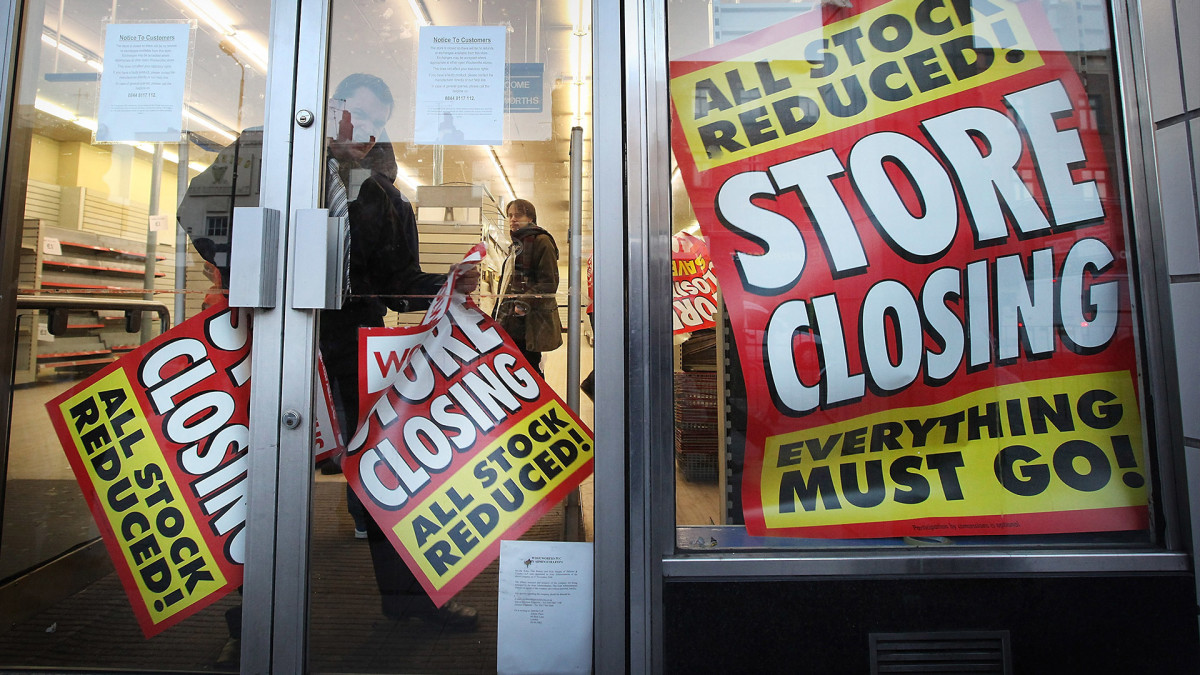The Evolution of Shopping: From Malls to Online Retail
There was a time when getting up early on a weekend and heading to the shopping mall felt like an adventure. It wasn’t just about buying things—it was about the experience. People would set their alarms, make the drive to the nearest mall, and spend hours wandering through the stores in search of what they needed. Whether it was back-to-school clothes, a prom dress, sneakers, or even furniture, the mall was a destination that promised something for everyone.
Back in the 1980s and 1990s, the average American spent 12 hours per month at a mall. That’s a significant time commitment—equivalent to 3-4 hours every week. But this routine wasn’t always efficient. You had to drive there, find a parking spot, and often walk past stores that didn’t have anything you wanted. Plus, prices were often higher than they should have been.
Over the years, consumer habits have changed. The way people shop has evolved dramatically, and many of the malls that once thrived are now struggling. Some are completely empty, while others are only partially occupied. This shift is due to a variety of factors, including the rise of online shopping and the growing popularity of more convenient alternatives.
The Rise of New Shopping Destinations
Today, many shoppers prefer visiting outlet malls, which offer discounted prices on popular brands. These malls have become increasingly popular because they provide access to high-end products at more affordable rates. In addition, big-box retailers like Walmart and Target have expanded their offerings to include fashion and accessories, making them go-to destinations for everyday shopping.
Online shopping has also played a major role in changing how people buy goods. Instead of spending hours in a department store, many consumers now prefer to shop from the comfort of their homes. Online platforms offer a wider selection of products, often at lower prices than traditional retail stores. This convenience has made online shopping a preferred choice for many.
Challenges for Traditional Retailers
Despite these changes, some brick-and-mortar retailers are still trying to adapt. However, not all have been successful. One such example is River Island, a UK-based clothing and accessories retailer that has struggled financially in recent years. In its last fiscal year, which ended in December 2023, the company reported a pre-tax loss of £33.2 million.
To avoid insolvency, River Island has launched a major restructuring plan that includes closing stores and renegotiating rent agreements. By the beginning of 2026, the company plans to close around 33 stores. An additional 70 locations are also at risk, as the company tries to negotiate better terms with landlords.
One of the most notable closures will be a popular location in Banbury, UK, which is set to close by the end of June 2025. River Island CEO Ben Lewis explained that the shift in consumer behavior—from shopping on the high street to online—has left the company with a large number of stores that no longer meet customer needs. He also pointed out that rising operational costs have further strained the business.
The Future of Retail
The challenges faced by traditional retailers highlight the need for adaptation in today’s fast-changing market. While some businesses are finding ways to survive, others are being forced to close. For consumers, this shift has brought more convenience and choice. Whether it’s shopping at an outlet mall, a local big-box store, or online, the options available today are more diverse than ever before.
As the retail landscape continues to evolve, it’s clear that the days of spending hours at a mall are becoming a thing of the past. The future of shopping is likely to be more flexible, efficient, and accessible, with technology playing a central role in shaping the experience.







